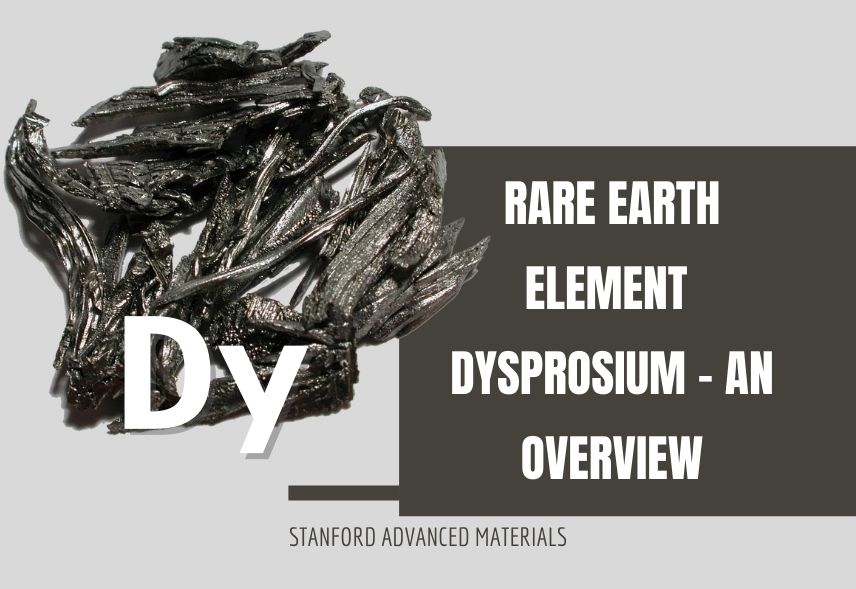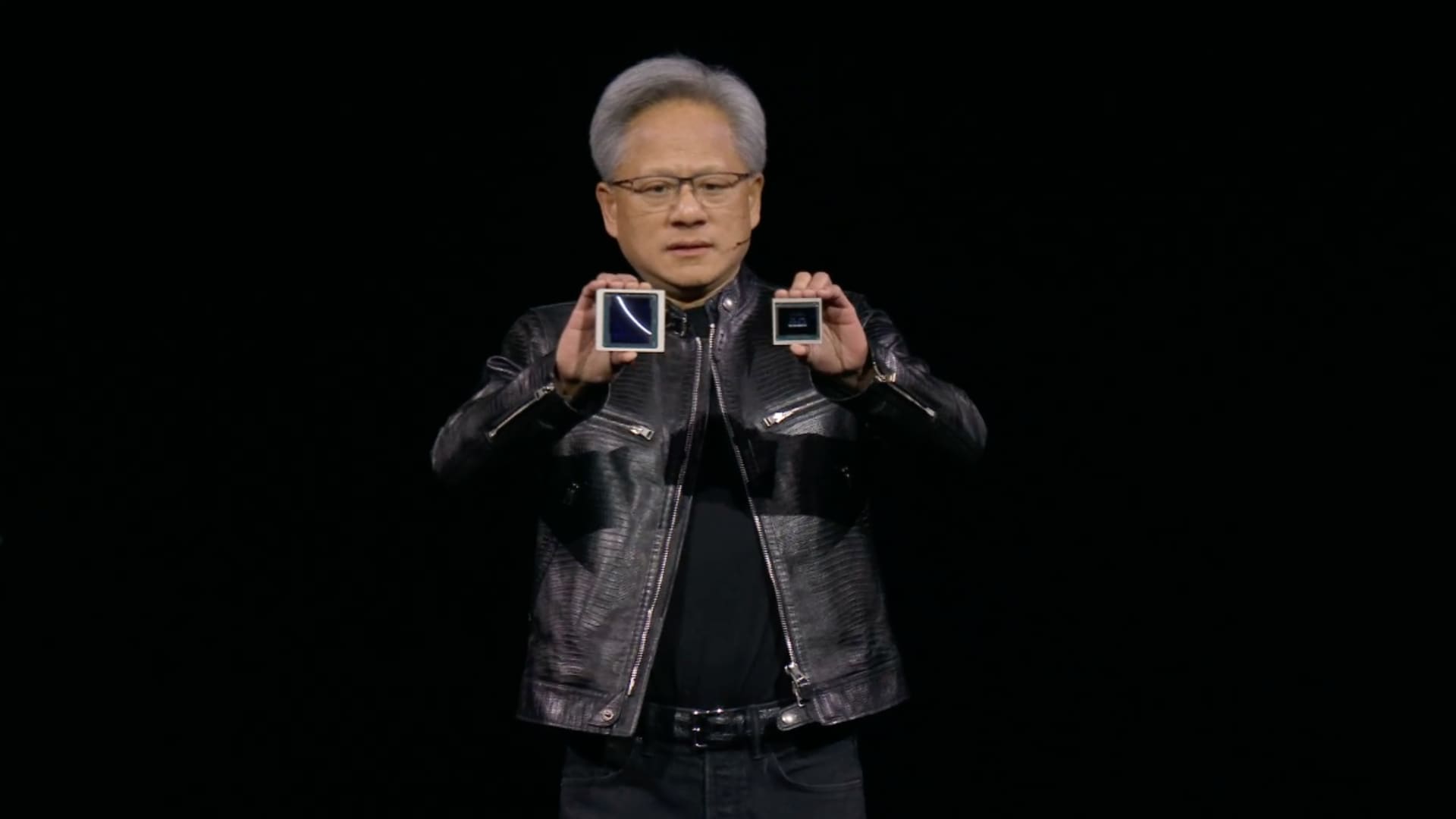Dysprosium: The Rare Earth Element Disrupting The EV Industry

Table of Contents
The Crucial Role of Dysprosium in Electric Vehicle Motors
Dysprosium's unique magnetic properties make it indispensable in neodymium magnets. These powerful magnets are essential components in EV traction motors, enabling high torque and efficiency. Without dysprosium, the performance of electric vehicles would be significantly compromised.
- Improved motor performance: Higher power density and increased efficiency translate to better acceleration and overall driving experience. The addition of dysprosium allows for more compact and powerful motors.
- Reduced energy consumption: More efficient motors mean less energy is wasted, leading to extended driving range and reduced reliance on charging infrastructure. This is a critical factor for widespread EV adoption.
- Smaller and lighter motor designs: The enhanced magnetic properties of dysprosium-containing magnets allow for smaller and lighter motor designs, improving vehicle design flexibility and overall performance.
The relationship between dysprosium concentration and magnet performance is directly proportional. Higher concentrations of dysprosium generally lead to stronger, more temperature-resistant magnets. However, this also increases the cost and reliance on this critical rare earth element. Dysprosium often works in conjunction with other rare earth elements like neodymium and praseodymium to optimize magnet properties. Finding the optimal balance between these elements is a key focus of ongoing research.
The Challenges of Dysprosium Supply and Sustainability
The geographical concentration of dysprosium mines presents a significant challenge. China currently dominates the global supply chain, controlling a substantial portion of the world's dysprosium production. This creates geopolitical risks and supply chain vulnerabilities. Furthermore, the mining and processing of dysprosium have significant environmental impacts.
- Geopolitical risks: Dependence on a single major supplier creates significant geopolitical risks, making the EV industry susceptible to price manipulation and supply disruptions.
- Environmental concerns: Rare earth mining, including dysprosium extraction, is associated with water pollution, habitat destruction, and the generation of radioactive waste. Sustainable and responsible mining practices are crucial.
- Ethical sourcing: Ensuring ethical sourcing and responsible mining practices throughout the supply chain is essential to minimize the social and environmental impacts of dysprosium production.
The rising demand for dysprosium, driven by the explosive growth of the EV market, further exacerbates these challenges. Meeting this increasing demand sustainably is a critical concern for the future of the EV industry.
Strategies for Mitigating Dysprosium Dependence in the EV Industry
To mitigate the risks associated with dysprosium dependence, several strategies are being explored:
- Research and development of dysprosium-free magnets: Significant research is underway to develop alternative magnet designs that either reduce or eliminate the need for dysprosium. This includes exploring different material compositions and magnet architectures.
- Investment in efficient dysprosium recycling technologies: Recycling end-of-life EVs to recover and reuse dysprosium is crucial for reducing reliance on primary mining. Developing efficient and cost-effective recycling technologies is vital.
- Exploration of alternative materials for electric motors: Research is also exploring alternative materials and motor designs that reduce or eliminate the need for rare earth magnets altogether.
- Government policies and incentives for sustainable dysprosium sourcing: Government regulations and incentives can play a critical role in promoting responsible mining practices, recycling initiatives, and the development of alternative technologies.
International collaboration is essential to secure a stable and sustainable dysprosium supply chain. Shared knowledge, joint research efforts, and coordinated policy initiatives are crucial for navigating the challenges.
The Future of Dysprosium in the EV Sector
Future demand for dysprosium is projected to increase dramatically as EV sales continue to rise. This escalating demand, coupled with the current concentration of supply, will likely lead to price volatility and potential supply constraints. Innovation is essential to address these challenges and ensure a sustainable future for the EV industry.
Conclusion:
Dysprosium plays a critical role in enabling the high performance of electric vehicle motors. However, the challenges related to its supply chain, including geopolitical risks and environmental concerns, cannot be ignored. Developing sustainable sourcing strategies, including recycling and the exploration of alternative materials, is paramount. Understanding the role of dysprosium is crucial for the future of the EV industry. Further research and investment in sustainable dysprosium solutions are essential to ensure a clean and efficient transportation future. Let's work together to address the challenges of dysprosium and accelerate the transition to sustainable electric vehicles.

Featured Posts
-
 Pre Owned Porsche 911 S T Riviera Blue Paint To Sample
Apr 29, 2025
Pre Owned Porsche 911 S T Riviera Blue Paint To Sample
Apr 29, 2025 -
 Huaweis New Ai Chip A Challenger To Nvidias Dominance
Apr 29, 2025
Huaweis New Ai Chip A Challenger To Nvidias Dominance
Apr 29, 2025 -
 Papal Conclave Debate Over Convicted Cardinals Voting Eligibility
Apr 29, 2025
Papal Conclave Debate Over Convicted Cardinals Voting Eligibility
Apr 29, 2025 -
 Willie Nelsons 4th Of July Picnic Returns To Texas
Apr 29, 2025
Willie Nelsons 4th Of July Picnic Returns To Texas
Apr 29, 2025 -
 2 5 Trillion Wipeout The Impact On Seven Major Stocks
Apr 29, 2025
2 5 Trillion Wipeout The Impact On Seven Major Stocks
Apr 29, 2025
Latest Posts
-
 Dsv Leoben Praesentiert Neues Trainerteam In Der Regionalliga Mitte
Apr 29, 2025
Dsv Leoben Praesentiert Neues Trainerteam In Der Regionalliga Mitte
Apr 29, 2025 -
 Regionalliga Mitte Dsv Leoben Stellt Neues Trainerteam Vor
Apr 29, 2025
Regionalliga Mitte Dsv Leoben Stellt Neues Trainerteam Vor
Apr 29, 2025 -
 Porsches International Success An Australian Perspective
Apr 29, 2025
Porsches International Success An Australian Perspective
Apr 29, 2025 -
 A Comparative Analysis Of Porsches Market Performance Australia Vs The Rest Of The World
Apr 29, 2025
A Comparative Analysis Of Porsches Market Performance Australia Vs The Rest Of The World
Apr 29, 2025 -
 Offiziell Carsten Jancker Ist Neuer Trainer Von Austria Klagenfurt
Apr 29, 2025
Offiziell Carsten Jancker Ist Neuer Trainer Von Austria Klagenfurt
Apr 29, 2025
